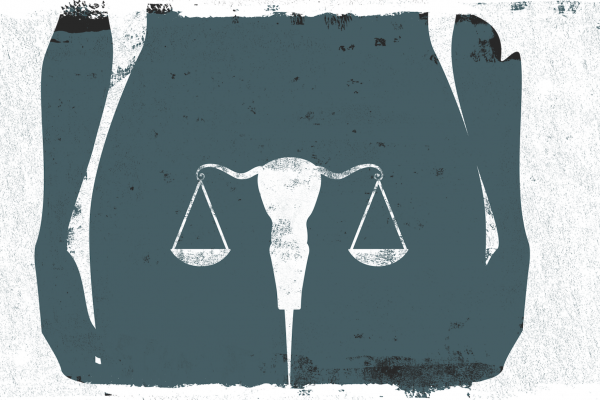by: Caroline Zhou
In ancient Egypt, the chimeric forms were associated with gods. Ra, the Sun God, for example, had a falcon head and a human body, and was a protector of mankind. The Chimera has, however, also been a central part of Greek mythology as an omen for disaster. With the front of a lion, the abdomen of a goat, and the behind of a dragon, the fire-breathing monster was a deadly and dangerous beast. So when scientists managed to conceive a chimeric hybrid in lab, was it also a harbinger of something dangerous to come? Or is it a breakthrough that may save us?
Every hour, six people are added to the national waiting list for organ transplants, and every day, 22 people die waiting for the organ that they need. Lab-grown organs have long been a a promising avenue for turning out organ transplants. But what if human organs could be grown inside an animal instead?
An international team of researchers, whose research is published in the journal Cell, created a chimera, an organism comprised of cells from more than one species. This ethically ambivalent breakthrough has long received determent from the public and is still ineligible for public funding in the U.S. Nevertheless, these scientists, led by the Salk Institute, used the restriction enzyme CRISPR, a genome editing protein, to hack into mouse blastocysts and edit out the genes needed to make certain organs. After introducing rat stem cells capable of producing those organs, the mouse blastocysts proliferated well, and developed into mice that managed to live into adulthood.
This is the safer way to create a chimera: by introducing one animal’s cells into the embryo of another, rather than introducing the organs of one animal into the body of another (as the latter way may cause transplant rejection). With this promising step forward, the team tried injecting rat stem cells into pig blastocysts, which failed since the two species have dramatically different evolutionary ancestors. Next, the researchers tried a human-pig hybrid, but this required the correct timing. They tried three different types of human stem cells representing distinct times in the developmental process, and learned that stem cells that are a bit further along in development fared better when introduced than naive pluripotent cells, which have unlimited potential. After trial-and-error, the researchers managed to create live pig embryos imbued with human stem cells, the embryos were placed into adult pigs for a few weeks before being removed for analysis.
The team created 186 chimeric embryos which survived, with each having an estimate of one in 100,000 human cells. This is a small percentage, and the human tissue appeared to slow the growth of the embryo — two challenges which need to be overcome before chimeras could become a viable source of organ transplants for humans. It is still an unanswered question whether it’s possible to increase the percentage of human cells that the embryos can tolerate. However, the techniques used in the research can be more immediately applied to study human embryonic development, birth defects, and other disorders. Thus, the team considers this a breakthrough for such an early stage.






